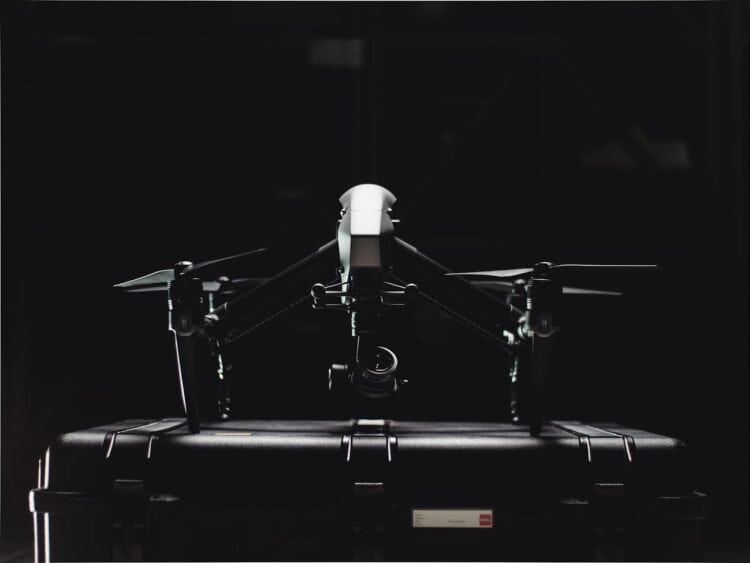A recent Forrester report, The State of Drones, 2025, reveals that 78% of automation decision-makers plan to adopt aerial drones within the next 12 months. As industries grapple with operational inefficiencies, safety risks, and data fragmentation, drones are emerging as scalable solutions that enhance efficiency and stakeholder experiences across various sectors, from logistics to agriculture.
Forrester defines an aerial drone as an unmanned aerial system operated remotely or autonomously, designed to perform commercial tasks such as mapping, surveying, product delivery, and infrastructure inspections. This comprehensive study examines the commercial readiness of drones, identifies high-value use cases, and discusses regulatory and technical challenges that organisations may encounter.
Key findings
- Operational efficiency: Drones can reduce operational timelines by up to 50%. Autonomous drones equipped with AI-powered vision and navigation systems streamline processes like field inspections and surveys, minimising manual labour and accelerating project delivery while enhancing accuracy.
- Predictive insights: Advanced sensors and AI analytics enable drones to convert raw data into actionable intelligence. Tools such as high-resolution cameras, LiDAR, and edge computing improve decision-making in sectors like energy, insurance, and logistics.
- Industry adoption: Sectors facing significant operational hazards and data fragmentation, such as energy, telecommunications, construction, and agriculture, are realising immediate benefits from drone technology. Although logistics and insurance are encountering technical and regulatory challenges, they exhibit strong potential for future adoption.
- Challenges ahead: Several barriers remain, including technical limitations, regulatory hurdles, and economic concerns. For instance, payload and battery restrictions confine delivery drones to cargoes weighing less than 2 kg, which can hinder scalability in retail and healthcare. Additionally, public apprehension about aerial surveillance has led to stringent legislation in regions like the US and Europe.
Strategic integration required
Forrester VP and principal analyst, Charlie Dai, emphasises the need for organisations to move beyond pilot projects and fully integrate drones into their core operations.
“As physical automation evolves, aerial drones are no longer experimental; they are operational imperatives,” he states.
To fully harness the potential of drone technologies, leaders must align their deployment with measurable business objectives, engage with regulatory frameworks, and commit to sustainable innovation.
As industries prepare for this technological shift, the adoption of aerial drones promises to revolutionise field operations, ultimately driving efficiency, safety, and profitability across various sectors.



